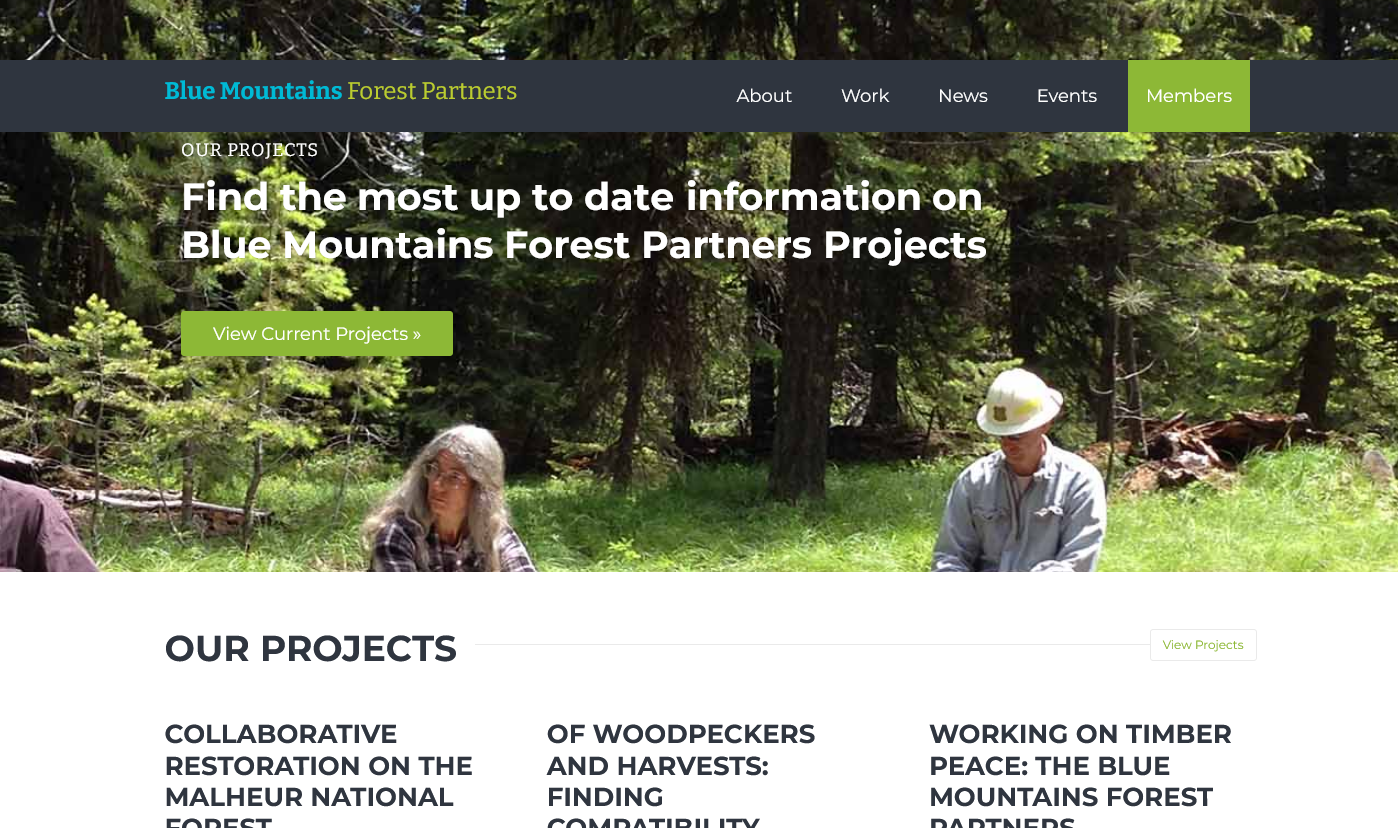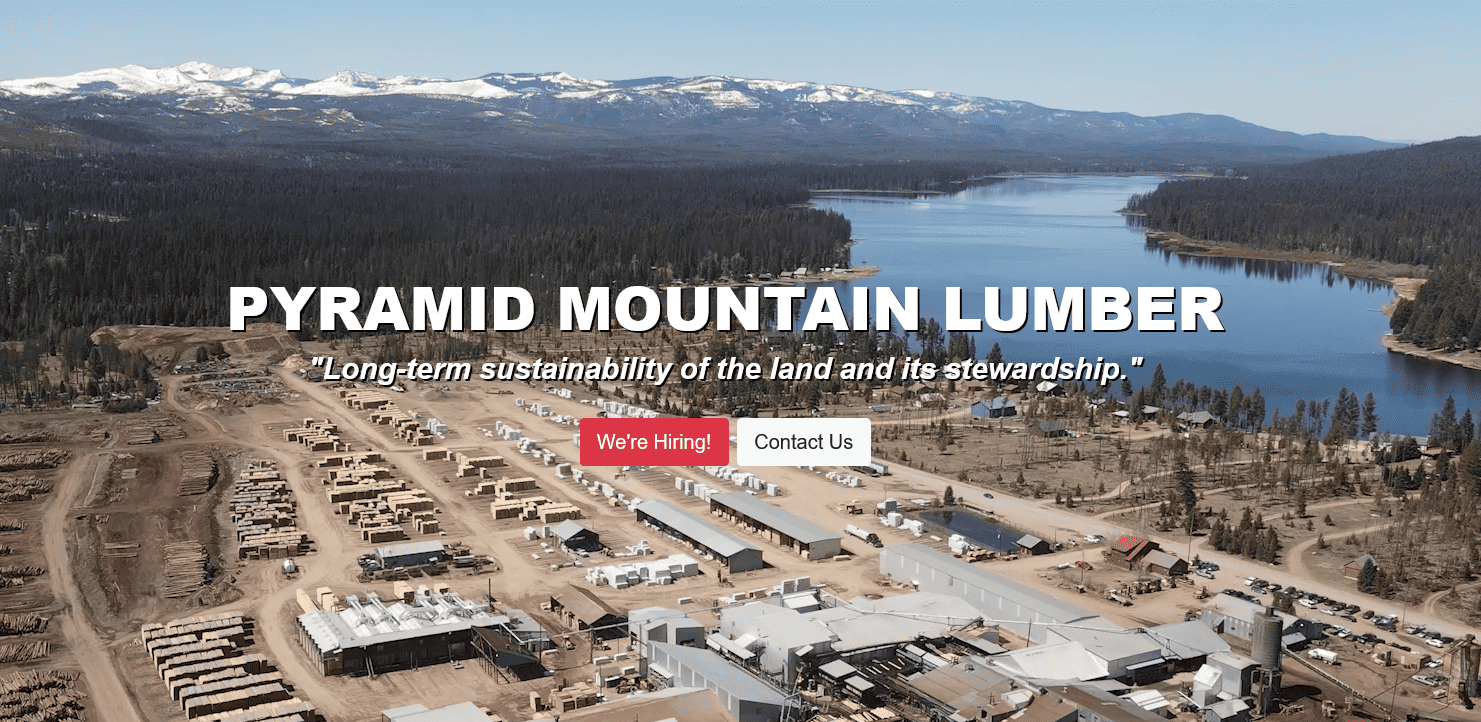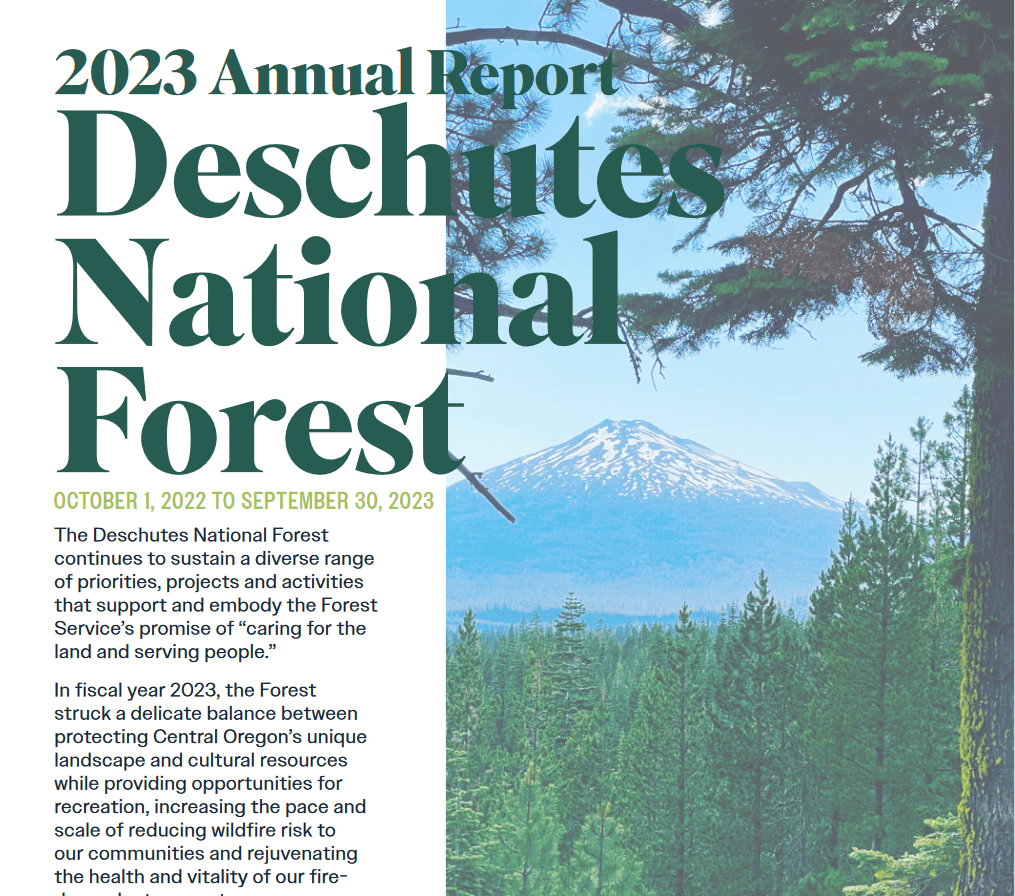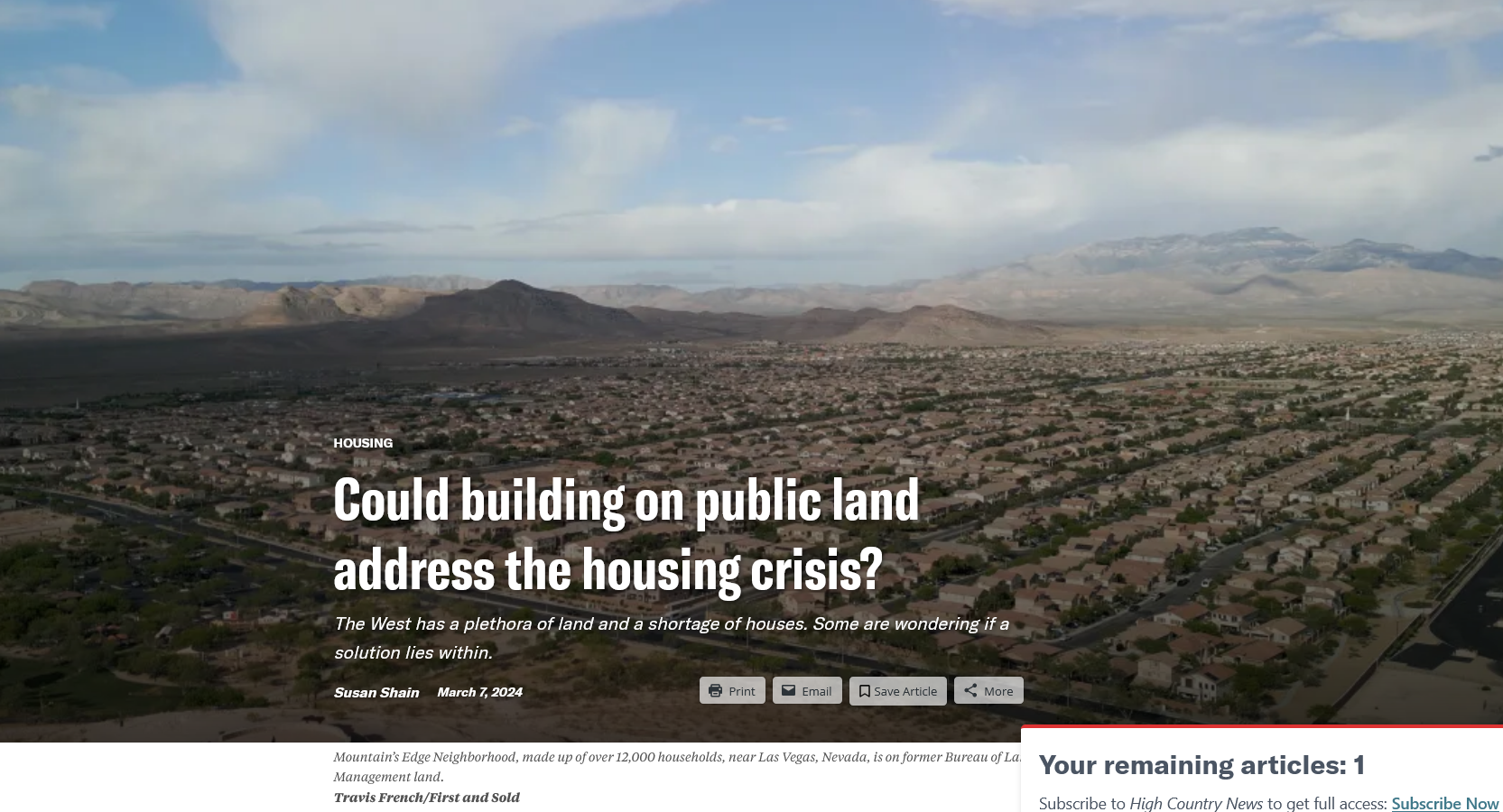
As you know, I am a fan of Blue Mountain Forest Partners and the entire post Timber Wars peace-seeking enterprise.
So this story from Daily KOS struck me as odd.
The court case took a turn when James Johnston, an Oregon State University assistant professor, filed an amicus brief supporting the Forest Service. The amicus brief included a letter that Johnston and 14 other forest ecologists signed that contended the six conservation groups’ arguments “are designed to give the impression of scientific controversy where no meaningful controversy among scientists exists.”
Many non-industry ecologists disagree with the sentiments in Johnston’s letter. More than 100 independent scientists signed an open letter to the Forest Service in 2020 that argued, “removing protections for large trees is highly controversial from a scientific perspective.”
When Jerry Franklin signed the letter, he wasn’t a minion of timber industry but there’s a bit of an implication. “Independent” researchers, regardless of quantity, may also know less about the forests involved.
“There is scientific controversy regarding the removal of large old trees and forests preemptively before fire burns,” says an experienced ecologist that wishes to remain anonymous. “[L]ess than 1% of thinned areas experienced fire annually.
Many acres are thinned and also experience wildfires. I’m not sure where the 1% figure comes from. It sounds relevant but may not be. I’m a little leery of scientists who “wish to remain anonymous.”
The USFS and its supporting consultant are promoting cutting of large old trees in the name of “restoration,” yet in the six eastside national forests, […] the largest 3% of trees on inventory plots account for 42% of the biomass carbon.”
“Only a very small percent – 8% – of all the plots have the large-tree co-occurrence of ponderosa pine and grand fir that is their primary reason for doing away with the protections for big trees. The fact that 92% of the forested landscape does not fit their rationale to open up the entire landscape to large tree logging is a key part of the scientific controversy,” adds the anonymous ecologist.
Johnston was the lead author of a paper that showed diameter limits on logging hindered forest restoration in eastern Oregon. The research was funded by the Forest Service and Blue Mountains Forest Partners, a forest collaborative operated by and for private timber industry interests.
(my bold)
More than half of BFMP’s Board Members, including their President, have direct ties to the timber industry.
I think Susan Jane, for example, has “direct ties” but not the kind of ties that a reader might think- based on the way this is written. Here’s their board.
The collaborative’s Executive Director said BFMP “staked extensive political capital on the validity of an alternative approach” to the 21-inch rule in a letter to the Ochoco National Forest’s Forest Supervisor.
Johnston says that all of his papers “are robust and objective,” given that they went through peer review.
He believes that the large trees likely to be logged as a result of the 21-inch rule’s amendments “have little value to most timber operators” and that “the most highly valued trees [in eastern Oregon] are smaller ponderosa pine.” However, the owner of Rude Logging, an AFRC member, mentioned in an article that sturdy pines over 21 inches are more valuable than smaller pines when discussing the benefits of the Forest Service’s decision to eliminate the 21-inch rule.
The below is also a little weird.
Johnston also consulted for the Forest Service during the 21-inch rule amendment process.
“It’s my job to provide information to land managers, members of the general public,” says Johnston. “[The] Forest Service asked me for information about their revision, and I provided them information upon request just as I do for anyone and everyone that asks me, including conservation groups.”
A Freedom of Information Act request revealed that a Forest Service Special Project Coordinator emailed Johnston about payment for his consultation work. The Special Project Coordinator asked him to send them an invoice and said the Forest Service set aside $2,500.
Johnston says that he cannot find that email and that he has no recollection of reading it. “I never invoiced the Forest Service. I’m unaware that they set any money aside for me. They didn’t pay me any money,” adds Johnston.
*********************
Timber industry representation
Forest Service interveners AFRC noted that Johnston filing an amicus brief was peculiar. “Participation from scientists in cases like these is uncommon, which signals that the 15 forest ecologists felt strongly that the court should be provided with an accurate portrayal of the state of the science,” stated an AFRC newsletter.
Two attorneys from Northwest Resource Law PLLC, an AFRC member with a history of representing timber industry interests, represented Johnston in his amicus brief. Johnston declined to comment on his choice of legal representation, citing the ongoing court case. However, he ignored requests for comment after the case ended.
One of Johnston’s Northwest Resource Law attorneys participated in a legal presentation at AFRC’s 2021 annual meeting. The presentation explained how AFRC develops legal precedent, defends timber volume, and defends its members.
You say peculiar, I say uncommon. Maybe it should become more common in cases in which “the science” is at issue? And was Johnston supposed to find another lawyer for free, and if no one volunteered, simply give up because AFRC is tainted- according to some?
The comments are a bit of a hoot. Most are about Trump. In response to one comment that articulated the case for thinning, the author said:
Oh look — someone decided to show and spread industry propaganda here. You’re greatly exaggerating the need for thinning and the harm of wildfires (for obvious reasons). And if you think logging is such an ecological necessity than surely you must agree that the industry should be nationalized, right?
At first I thought it might be an AI story since the claims about BMFP and Johnston seemed not to be true, but sounded plausible if you don’t have previous knowledge. Now I’m not as sure.. Jon has pointed out that outlets need content, and may not be careful as to the accuracy thereof. Perhaps that’s the case here.










